


The much-awaited iQOO 13 has finally arrived in the Indian market, offering gamers and tech enthusiasts a whole new level of smartphone experience. Priced at ₹54,999 for the base model, the iQOO 13 boasts a powerful Qualcomm Snapdragon 8 Elite chip and Supercomputing Chip Q2, along with 2K AMOLED display, 144Hz and LTPO technology for smooth visuals, and up to 1800 nits peak brightness. The device also features a triple-camera setup with 50MP lenses and a 32MP front camera, as well as a 6,000mAh battery with 120W fast charging and IP69 water and dust resistance. With its innovative "Monster Halo" light effect and game-specific features, the iQOO 13 is set to revolutionize the smartphone world.
iQOO 13: A Gaming Beast Unveiled
The iQOO brand, known for its premium gaming smartphones, has recently introduced the highly anticipated iQOO 13 series to the Indian market. Packing cutting-edge hardware, an immersive display, and innovative gaming features, the iQOO 13 aims to redefine the smartphone experience for gamers and tech enthusiasts alike.
Key Specifications
Performance and Display
The iQOO 13 is powered by the latest Qualcomm Snapdragon 8 Gen 2 chip, which offers blazing-fast performance and improved energy efficiency. The Supercomputing Chip Q2 further enhances the device's capabilities, providing up to 200% faster AI computing power.
The device boasts a stunning 2K AMOLED display with a high refresh rate of 144Hz. This ensures smooth visuals and a responsive gaming experience. The LTPO technology dynamically adjusts the display's refresh rate based on the content being displayed, saving battery life.
Camera
The iQOO 13 features a triple-camera setup with a 50MP main lens, a 13MP ultra-wide lens, and a 2MP depth sensor. The device also includes a 32MP front-facing camera for exceptional selfies. The camera system offers features such as OIS (optical image stabilization), EIS (electronic image stabilization), and AI-powered image optimization.
Battery and Features
The iQOO 13 comes with a massive 6,000mAh battery that supports 120W fast charging. This allows the device to be fully charged in just 19 minutes. The device also features IP69 water and dust resistance, ensuring durability in all conditions.
The iQOO 13 includes a unique "Monster Halo" light effect that illuminates the rear of the device during charging or gaming. It also offers several game-specific features, including a 4D Game Vibration system and a dedicated Game Space app that optimizes performance for different games.
Top 5 FAQs
Q1: What is the price of the iQOO 13 in India? A1: The iQOO 13 is priced at ₹54,999 for the base model.
Q2: What is the key difference between the Snapdragon 8 Gen 2 and the previous generation? A2: The Snapdragon 8 Gen 2 offers improved performance, energy efficiency, and AI computing power compared to its predecessors.
Q3: Does the iQOO 13 have a headphone jack? A3: No, the iQOO 13 does not feature a 3.5mm headphone jack.
Q4: What is the IP rating of the iQOO 13? A4: The iQOO 13 has an IP69 rating, indicating it is resistant to water and dust ingress.
Q5: Is the iQOO 13 a good choice for gamers? A5: Yes, the iQOO 13 is well-suited for gaming due to its powerful hardware, high-refresh-rate display, and game-centric features.
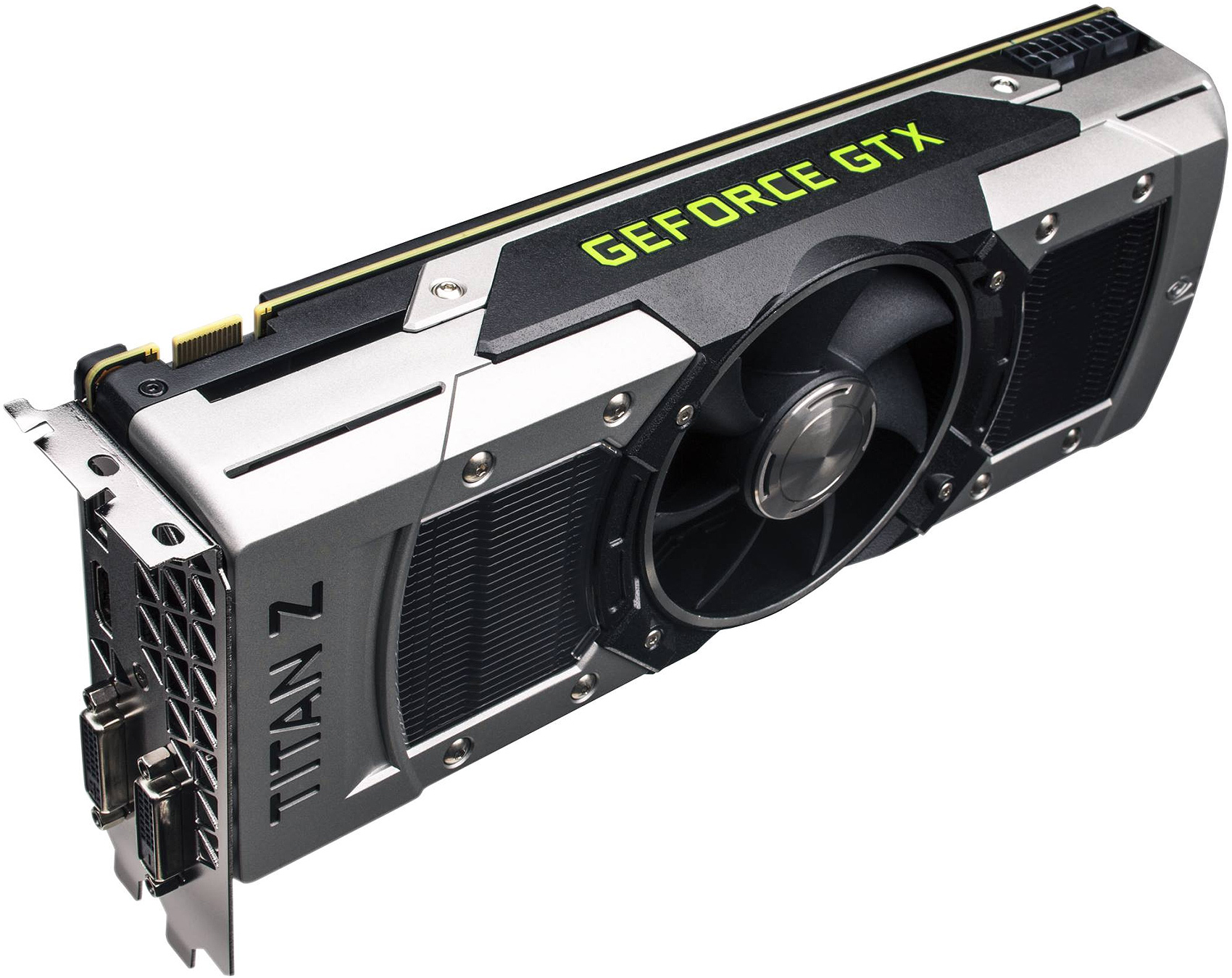
NVIDIA has launched its highly-anticipated latest generation of GPUs, the RTX 50 series, with significant improvements in speed and performance. The flagship model, RTX 5090, boasts 92 billion transistors and a whopping 3,352 TOPS of AI performance, making it a dream for 4K gaming enthusiasts. While the RTX 5090 is priced at a steep Rs 2,14,000, other variants like the RTX 5080, RTX 5070 Ti, and RTX 5070 offer more affordable options for gamers. However, prices may vary for models from different vendors like ASUS and MSI. Stay updated and informed about these groundbreaking graphics cards for making smarter decisions in your gaming journey.
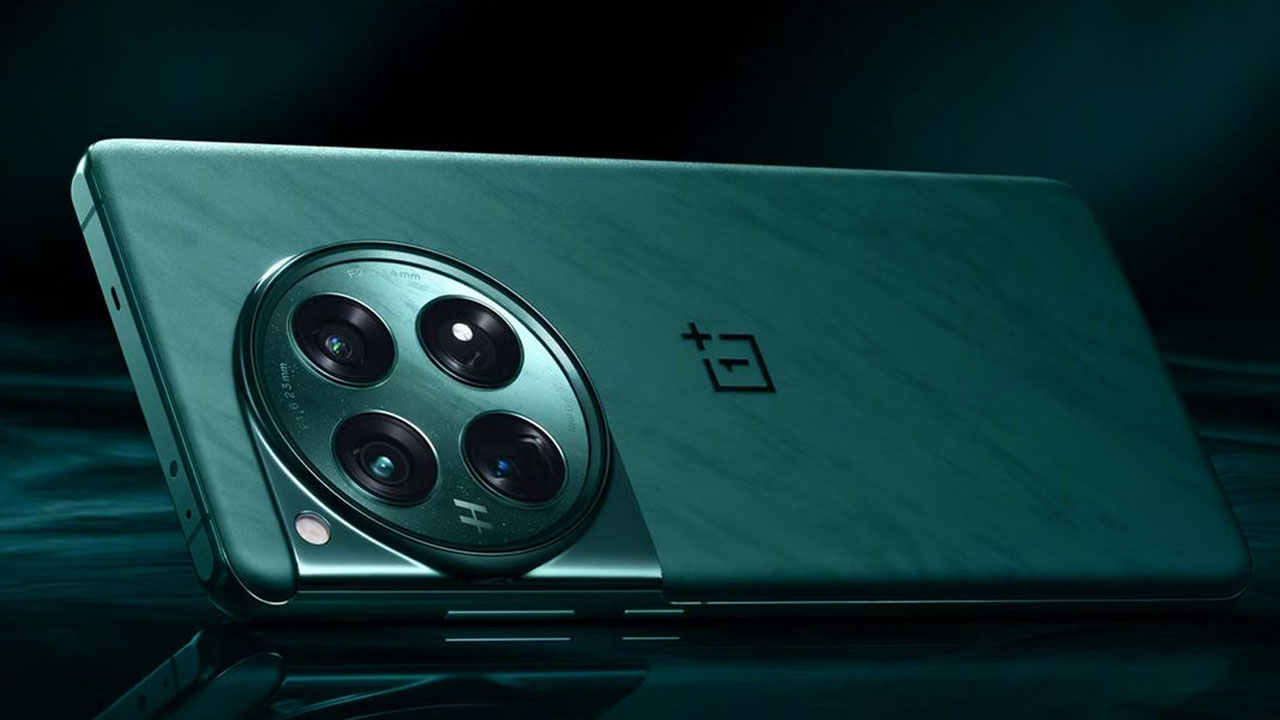
After much anticipation, OnePlus has finally unveiled the OnePlus 13 and 13R in India, catering to both premium and mid-range buyers. Featuring impressive design, hardware upgrades, and advanced features, these devices are sure to turn heads. With powerful processors, massive batteries, and top-of-the-line triple-camera setups, the OnePlus 13 and 13R offer a lot for their price. Keep an eye out for the device's release on January 10 and 13 for the OnePlus 13 and 13R, respectively.
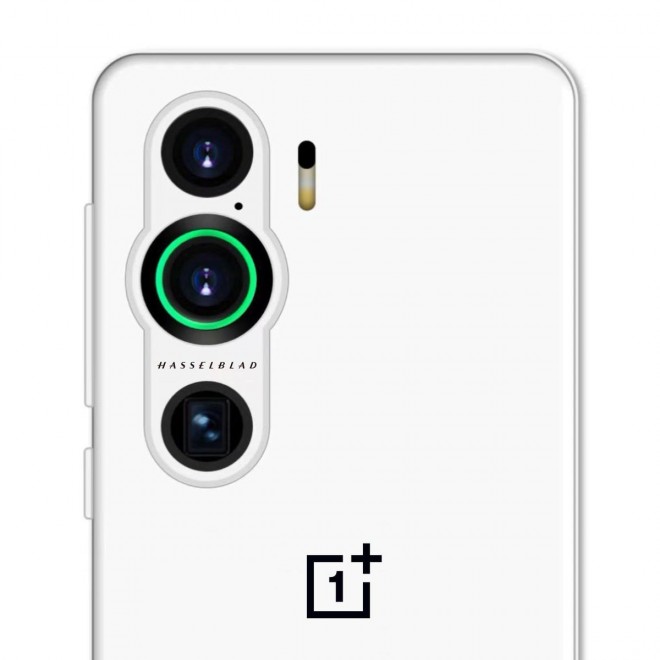
Technology enthusiasts and vintage watch lovers alike will appreciate the new OnePlus 13, a smartphone that combines elegance and simplicity. With its clean design and user-friendly interface, this device serves as a reminder that sometimes less is more. After spending weeks with the OnePlus 13, I share my thoughts on its features and performance, from the price in India to my top uses as a high-skill user. Whether for browsing and social media, calls, or entertainment, the OnePlus 13 takes us back to basics while still delivering a modern and personalized experience.
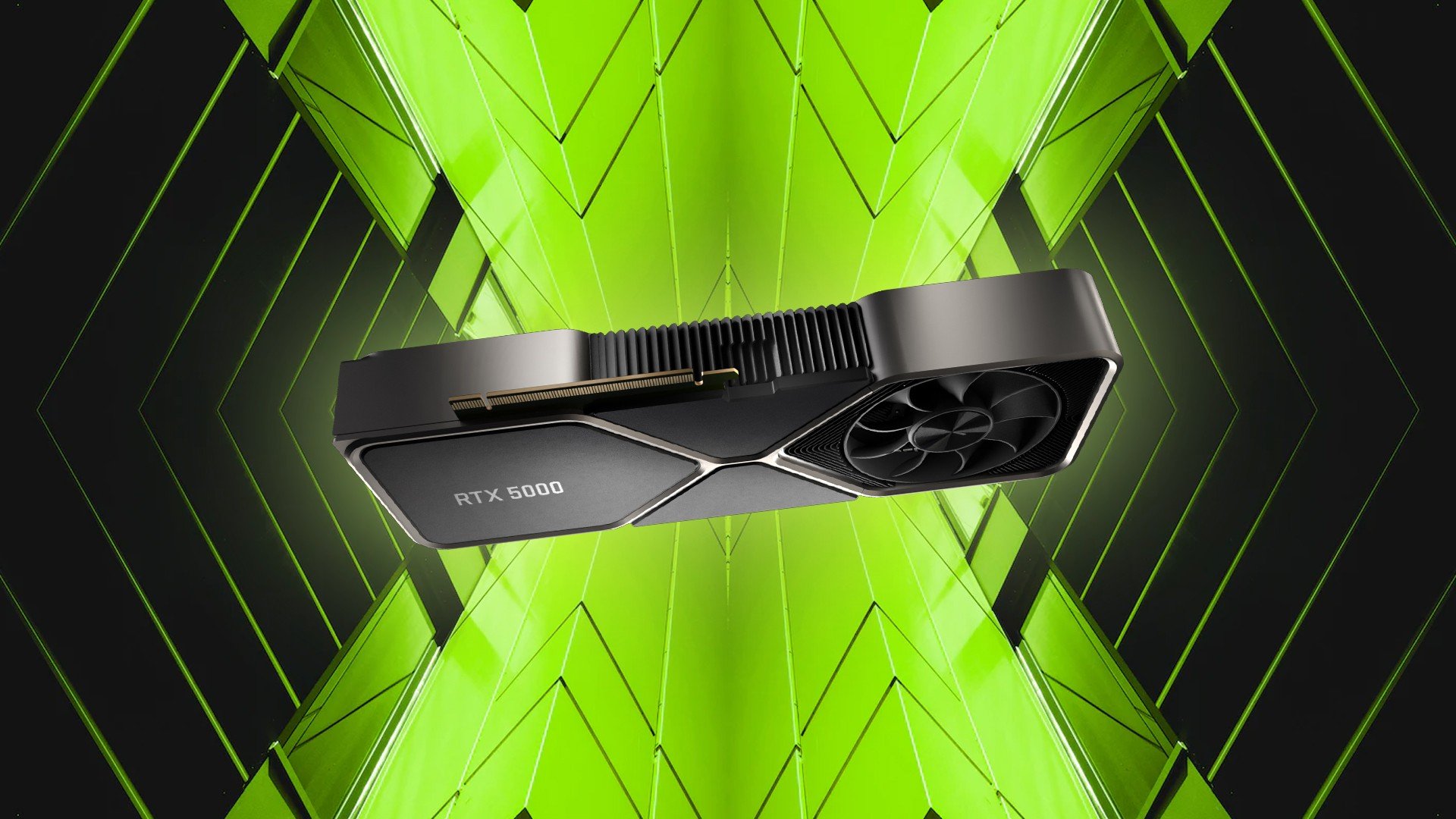
At CES 2025, NVIDIA's CEO announced the company's latest flagship desktop GPU, the GeForce RTX 50-series, which boasts impressive AI modeling capabilities and can dramatically improve gaming performance. Along with the new graphics cards, NVIDIA also unveiled a new supercomputer for AI research, a humanoid robot learning modality, a world foundation model platform, and a partnership with Toyota for autonomous vehicles. The RTX 50-series will be available in various laptops from popular brands starting in March and April.
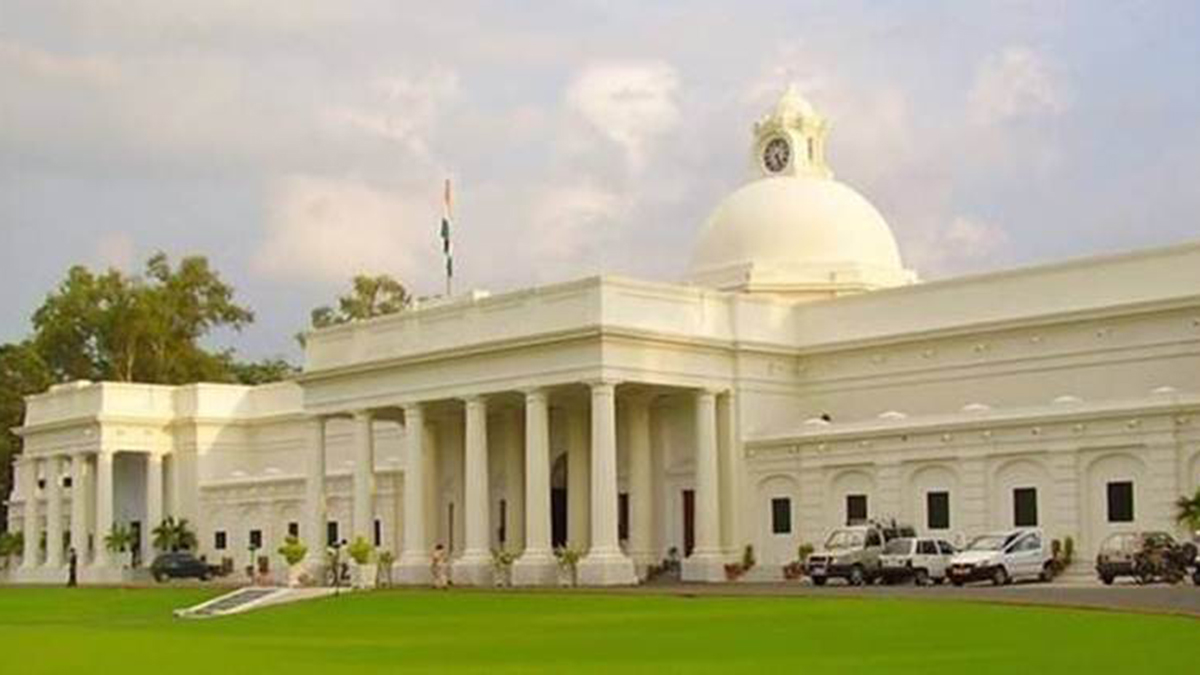
The Indian Institute of Technology (IIT) Roorkee has recently released the admit cards for the Graduate Aptitude Test in Engineering (GATE) 2025. The exam will be conducted in February across multiple centres, and candidates can now download their hall tickets from the official website. The article also highlights the exam pattern, negative marking system, and the latest updates on MTech admissions and PSU recruitment through GATE 2025.

The Indian Institute of Technology Roorkee has released the admit cards for the Graduate Aptitude Test for Engineering (GATE) 2025 examination. The exam is scheduled to be held in February 2025 and will be conducted in computer-based test mode. Candidates can now download their admit cards from the official website and are advised to keep a printed copy for the exam day.
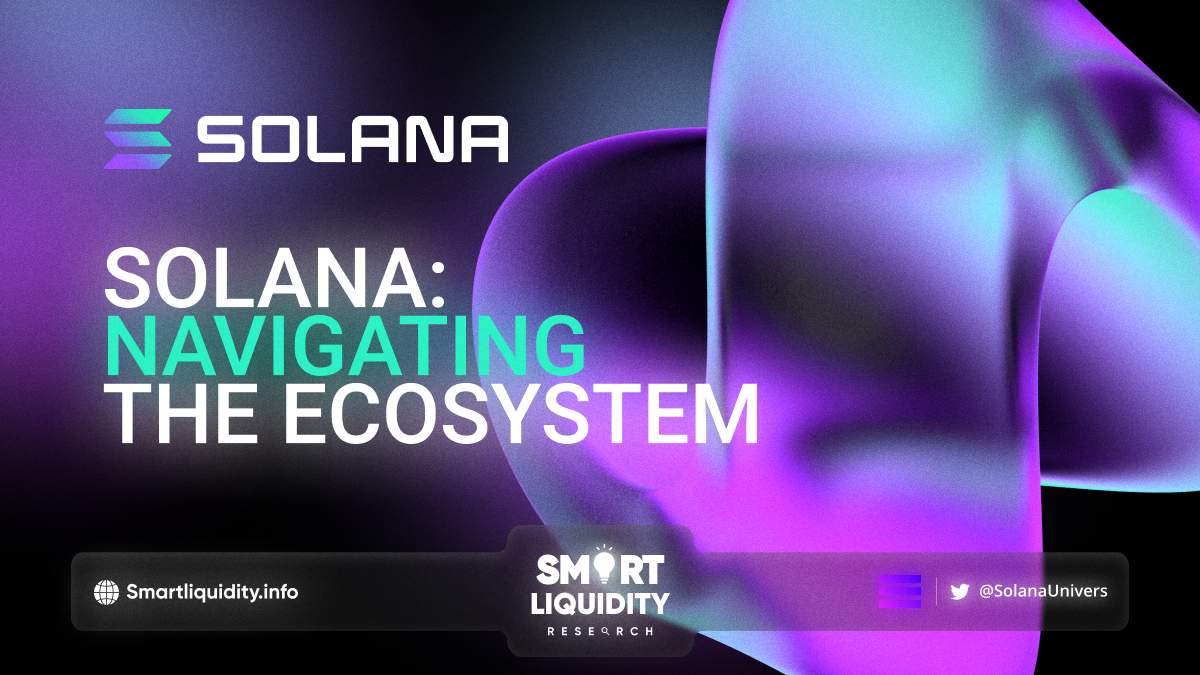
Solana, a previously popular cryptocurrency, has recovered from a dip and is now gaining attention from institutional investors. The network's speed and cost-efficiency make it a promising platform for decentralized finance projects, leading to major firms like VanEck and Bitwise applying for Solana spot ETFs. Despite potential price dips, the increase in spot market inflows and decreasing outflows indicate a possible upward momentum for SOL, showcasing its dominance in the crypto market.

Mark Zuckerberg, CEO of Meta, has announced major changes to Facebook's content moderation policies, including removing fact-checkers and implementing a community-driven approach similar to Elon Musk's X. Zuckerberg cites concerns over political bias as the reason for the change and plans to relocate content moderation teams from California to Texas. This move aims to restore trust and promote open discourse on the platform and will start in the US before potentially expanding globally.
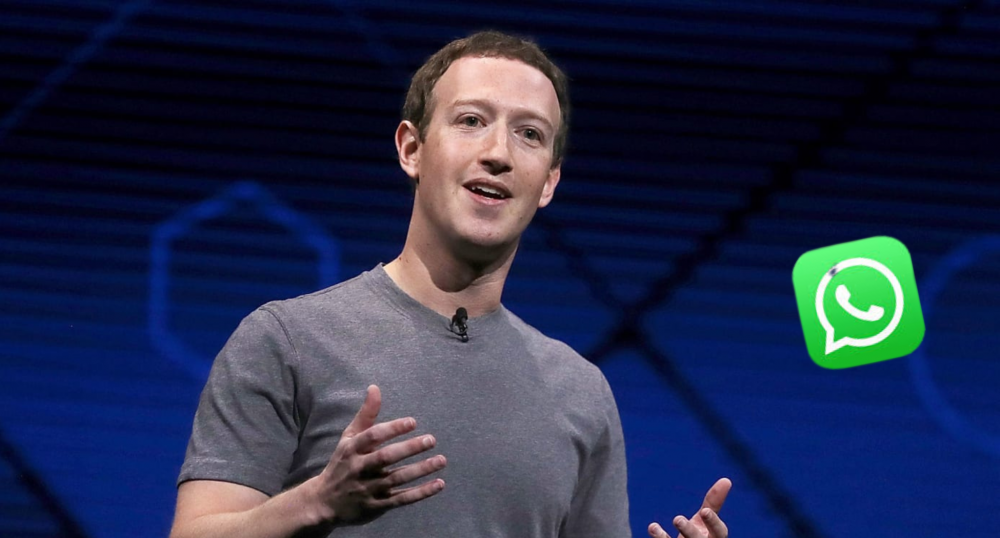
In an unexpected move, Meta CEO Mark Zuckerberg declared that the company would be overhauling its content moderation strategies. The social media giant will no longer rely on third-party fact checkers, opting instead to implement the "community notes" feature from Elon Musk's social network, X. Zuckerberg cites the growing cultural trend towards prioritizing free speech and a desire to reduce censorship as reasons for the change. This decision comes after a turbulent relationship between Zuckerberg and President-elect Donald Trump, but with recent events, it appears that the CEO may be taking a cue from Musk to align himself with the incoming administration.
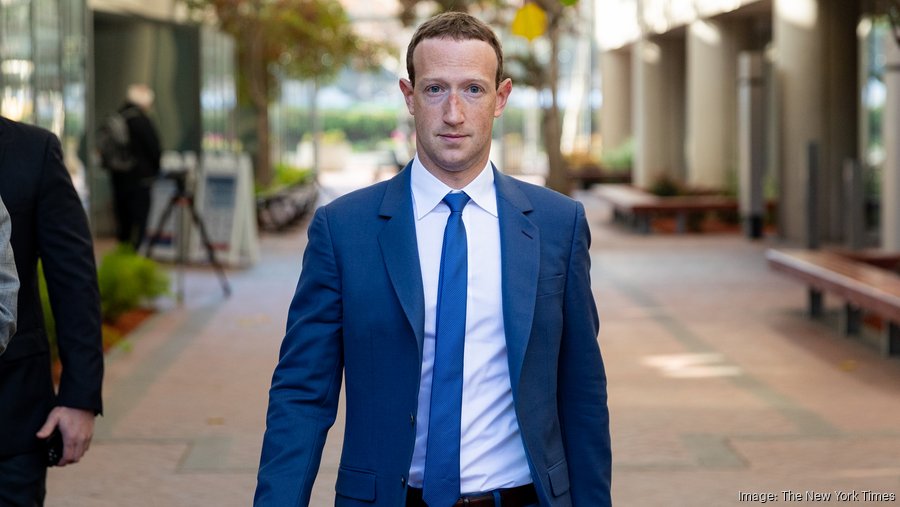
Facebook and Instagram's parent company Meta will be replacing its fact-checking systems with a new "community notes" model, according to CEO Mark Zuckerberg. In a video message, Zuckerberg cited concerns over censorship and political bias as the reasons for the change, stating that Meta will focus on restoring free expression on its platforms. This shift comes after widespread debate and pushback from governments and media outlets over the potential harm of online content.